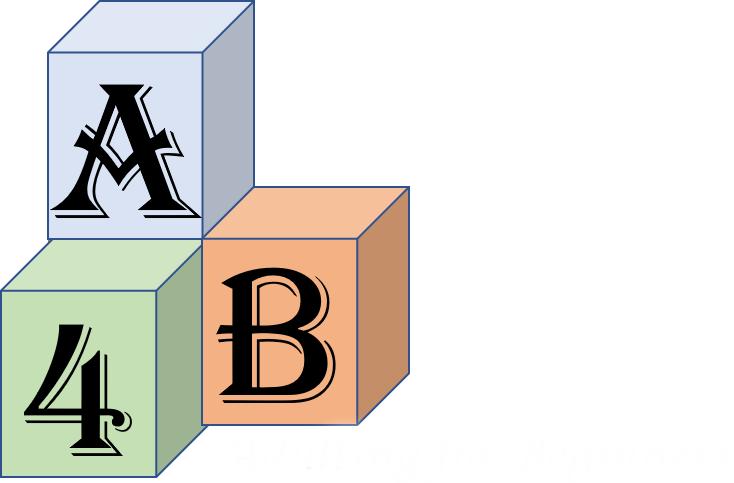If you want to grow your wealth over time, you need to understand the power of compound interest. It is simply interest on interest. It is the result of reinvesting or retaining interest that would otherwise be paid out, or of the accumulation of debts from a borrower.
Compound interest can work for you or against you, depending on whether you are saving or borrowing money. In this article, we will explain how compound interest works, how to calculate it, and how to use it to your advantage.
What Is Compound Interest?
Compound interest is interest calculated on the initial principal, which also includes all of the accumulated interest from previous periods. For example, let’s say you have $1,000 in a savings account that earns 5% in annual interest. In year one, you’d earn $50, giving you a new balance of $1,050. In year two, you would earn 5% on the larger balance of $1,050, which is $52.50—giving you a new balance of $1,102.50 at the end of year two.
As you can see, compound interest accelerates the growth of your savings over time as you earn interest on increasingly larger balances. If you left $1,000 in this hypothetical savings account for 30 years, kept earning a 5% annual interest rate the whole time, and never added another penny to the account, you’d end up with a balance of $4,321.94.
The formula for calculating compound interest is: total amount of principal and interest in future (or future value) minus principal amount at present (or present value) = [P (1 + i)n] – P = P [ (1 + i)n – 1]
Where:
P = principal
i = annual interest rate
n = number of compounding periods
How Does Compounding Frequency Affect Compound Interest?
Interest can be compounded on any given frequency schedule, such as continuous, daily, monthly, or annually. The more frequently interest is compounded, the more rapidly your principal balance grows.
Continuing with the example above, if you started with a savings account balance of $1,000 but the interest you earned compounded daily instead of annually, after 30 years you’d end up with a total balance of $4,481.23. You would have earned an additional $160 from interest being compounded more frequently.
The Rule of 72 is another way to estimate compound interest. If you divide 72 by your rate of return, you will find out how long it will take your money to double in value. For example, if you have $100 that was earning a 4% return, it would grow to $200 in 18 years (72 / 4 = 18).
How to Make Compound Interest Work for You
Compound interest can help you achieve your financial goals faster if you use it wisely. Here are some tips on how to make it work for you:
Start saving early. The sooner you start saving, the more time your money has to grow with compound interest. Even small amounts can make a big difference over time.
Save regularly. Adding more money to your savings account will increase your principal balance and boost your compound interest earnings. Try to save a portion of your income every month and automate your transfers if possible.
Choose a high-interest savings account. The higher the interest rate, the faster your money will grow with compound interest. Compare different savings accounts and look for ones that offer competitive rates and low fees.
Invest in growth assets. Savings accounts are not the only way to earn compound interest. You can also invest in assets that appreciate in value over time, such as stocks or real estate. These assets can generate higher returns than savings accounts but also involve more risk and volatility.
Reinvest your dividends and capital gains. If you invest in dividend-paying stocks or mutual funds, you can reinvest your dividends back into more shares instead of taking them as cash. This way, you can increase your ownership stake and benefit from compound growth. Similarly, if you sell an asset for a profit, you can reinvest your capital gains into another asset instead of spending them.
>>> Also see our article, Managing your money isn’t rocket science. <<<<
How to Avoid Compound Interest Working Against You
Compound interest can work against you if you borrow money and don’t pay it back on time. In this case, compound interest will increase your debt balance and make it harder for you to repay it.
For example, let’s say you have a credit card debt of $5,000 with an annual interest rate of 18%. If you only make the minimum payment of $100 every month, it will take you over 30 years to pay off your debt and cost you more than $20,000 in total interest.
To avoid compound interest working against you, here are some tips on how to manage your debt:
Pay more than the minimum. The minimum payment on your credit card or loan is usually not enough to cover the interest charges, let alone the principal. By paying more than the minimum, you can reduce your debt balance faster and save on interest costs.
Pay off high-interest debt first. If you have multiple debts, prioritize the ones that have the highest interest rates. This way, you can eliminate the most expensive debts first and reduce the amount of compound interest you pay.
Consolidate your debt. If you have several high-interest debts, you can consider consolidating them into one lower-interest debt. This can simplify your payments and lower your interest rate. However, be careful of any fees or penalties that may apply when you consolidate your debt.
Avoid taking on more debt. The best way to avoid compound interest working against you is to avoid borrowing money that you can’t afford to repay. Only use credit cards or loans for essential purchases and emergencies, and always have a plan to pay them back as soon as possible.
Conclusion
Compound interest is a powerful force that can either help you grow your wealth or increase your debt over time. By understanding how compound interest works, you can use it to your advantage and achieve your financial goals faster. Remember to start saving early, save regularly, choose high-interest savings accounts, invest in growth assets, reinvest your dividends and capital gains, pay more than the minimum due on debt, pay off high-interest debt first, consolidate your debt, and avoid taking on more debt.

This post contains references and links to products sold by our affiliates. We may receive compensation for qualifying sales made when you click on the links in this article. You will be directed to a third-party website for your transactions.


1 thought on “Make Compound Interest Work for You and Not Against You”
Pingback: Retirement - Forget the Golden Years, Make Yours Platinum